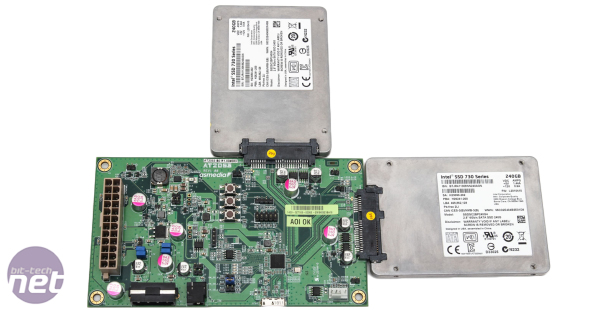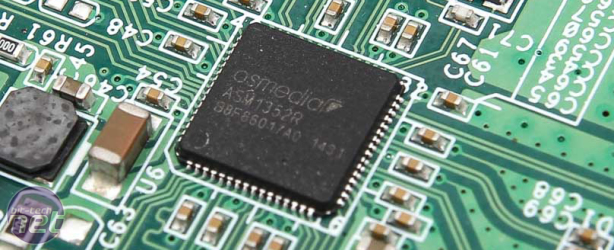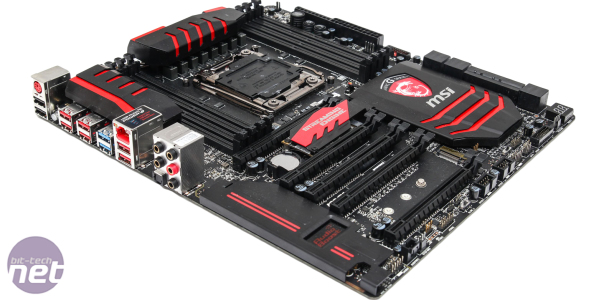
USB 3.1 Preview Testing with MSI
If you're not on the USB 3 bandwagon yet but regularly use USB flash drives and external hard disks, then you're most certainly missing out. In fact, we've been shouting its praises for a number of years. The leap from USB 2 to USB 3 was a massive one, with typical file transfer speeds of around 30MB/sec on the former to over 10 times that with some of the faster flash-based USB thumb drives and external SSDs.In terms of claimed, theoretical throughput, USB 2's figure stood at 480Mbit/sec while USB 3 stands proudly at a maximum of 5Gbit/sec (this equates to 60MB/sec and 625MB/sec respectively). The last couple of years have seen numerous developments on the next USB standard though and USB 3.1 claims a maximum throughput of 10Gbit/sec - equal to 1,250MB/sec and precisely double that of USB 3.
Not a massive speed boost, then, but as we've previously reported, USB 3.1 isn't all about speed. That's certainly what this article is concerned with, though, as indeed are those behind the new standard who have been watching Apple and Intel's new offerings closely. As well as a reversible connector, the Video Electronic Standards Association (VESA) has also been partnering with the new USB standard and as we reported last year,, USB 3.1 Type-C connectors will offer a DisplayPort alternative mode for dishing out video and audio.
Click to enlarge
You can read more on that here, but today, MSI has been kind enough to loan us its USB 3.1 prototype setup to see just what we can expect speed-wise.
Click to enlarge
The kit includes a duo of Intel SSD 730s, which are connected to an ASMedia ASM1352R-based daughterboard in a RAID array. In short, a single SATA-based SSD won't be fast enough to saturate the USB 3.1 interface so it will also be interesting to see what solutions the industry comes up with to really make use of the extra speed.
Click to enlarge
The test motherboard - an MSI X99A Gaming 9 ACK - has been kitted out with two USB 3.1 Standard A ports, which are USB 3 and USB 2 backwards-compatible, unlike the reversible Type-C connector that will see mass production. This means that we can simply move the ASM1352R board from one USB controller to another with the aim of comparing USB 3.1 with Intel's X99 PCH USB 3 and USB 2 ports using a few of our standard storage tests and throwing in a couple of standard file transfer tests too, seeing as this is what the USB interface has been most widely used for.
Head over the page to see the results

MSI MPG Velox 100R Chassis Review
October 14 2021 | 15:04











Want to comment? Please log in.